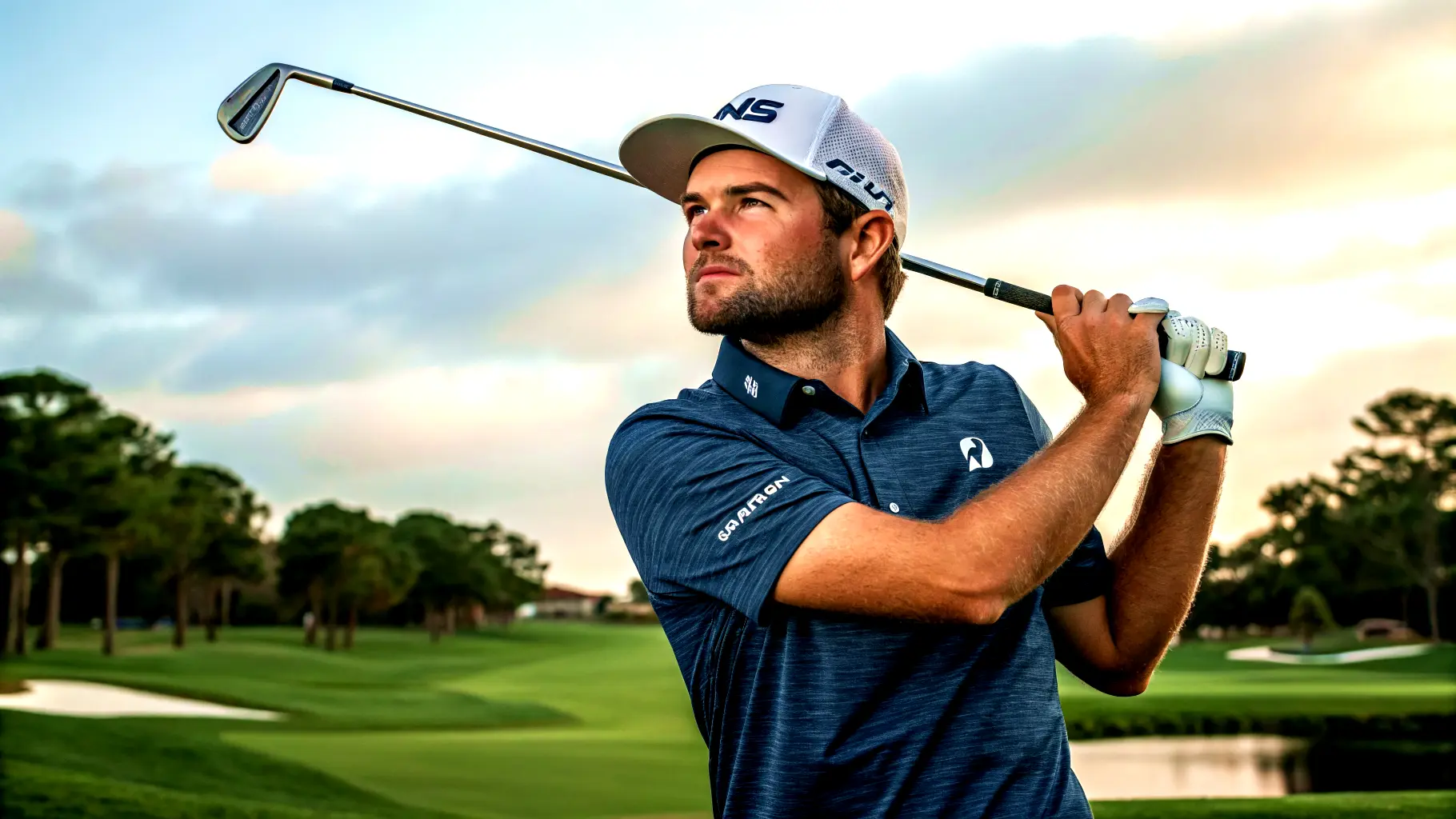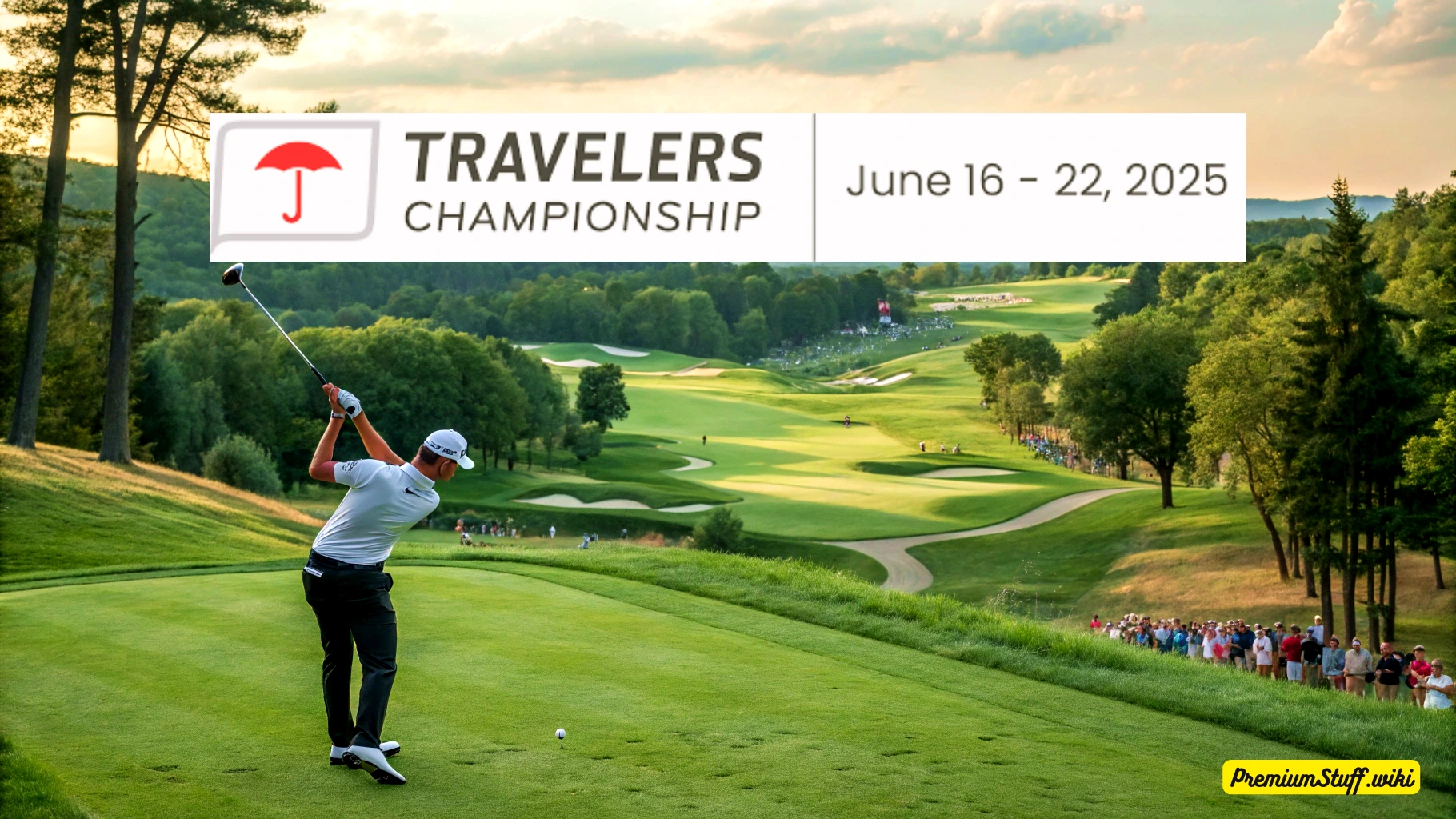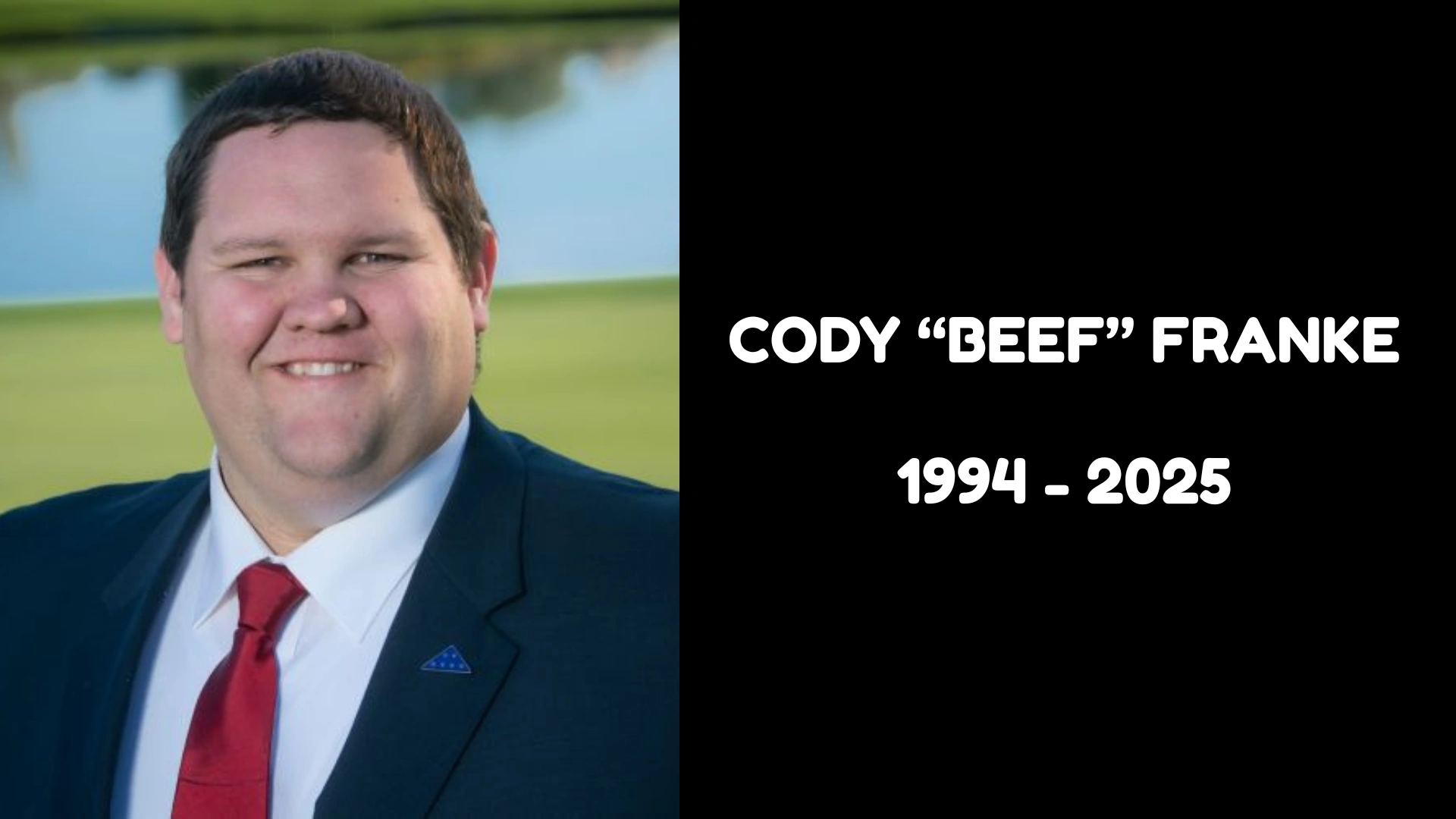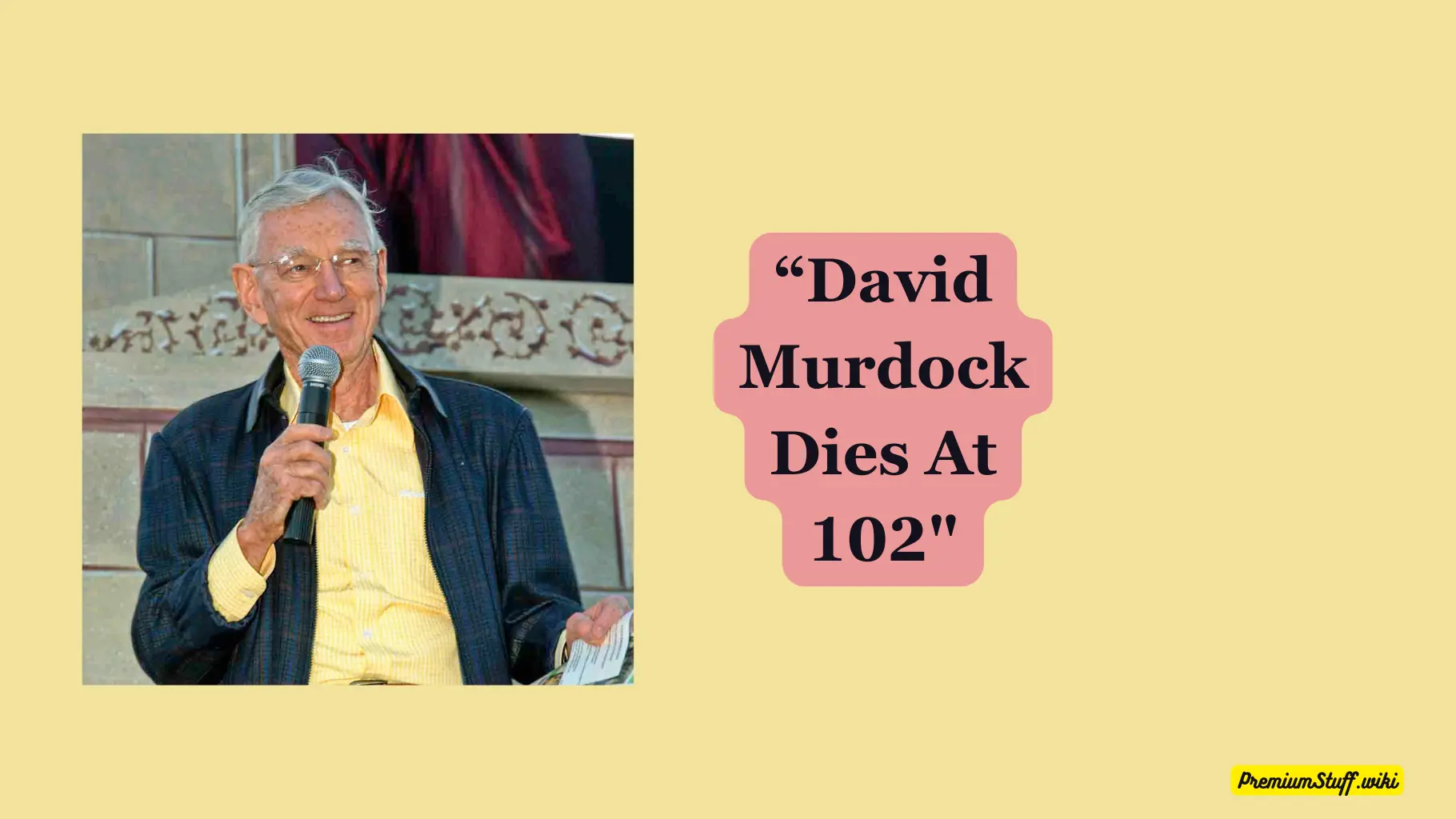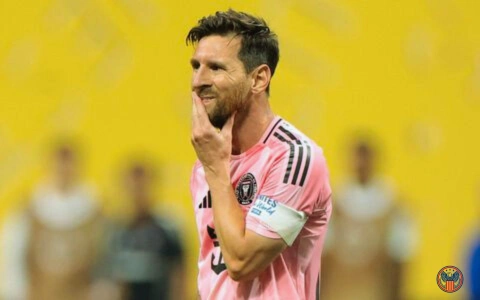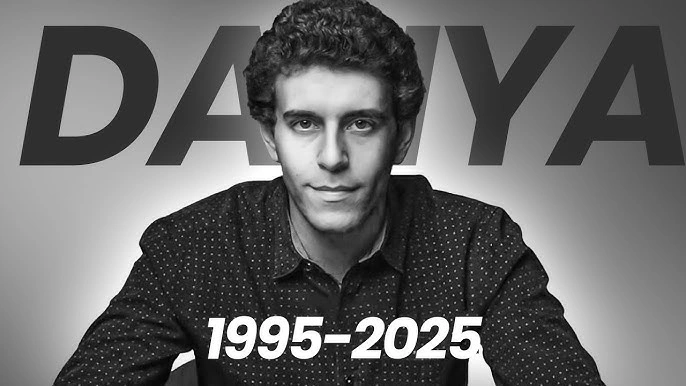Ben Griffin’s Unlikely Ascent: From Loan Officer to U.S. Open Contender with a Maxfli Miracle
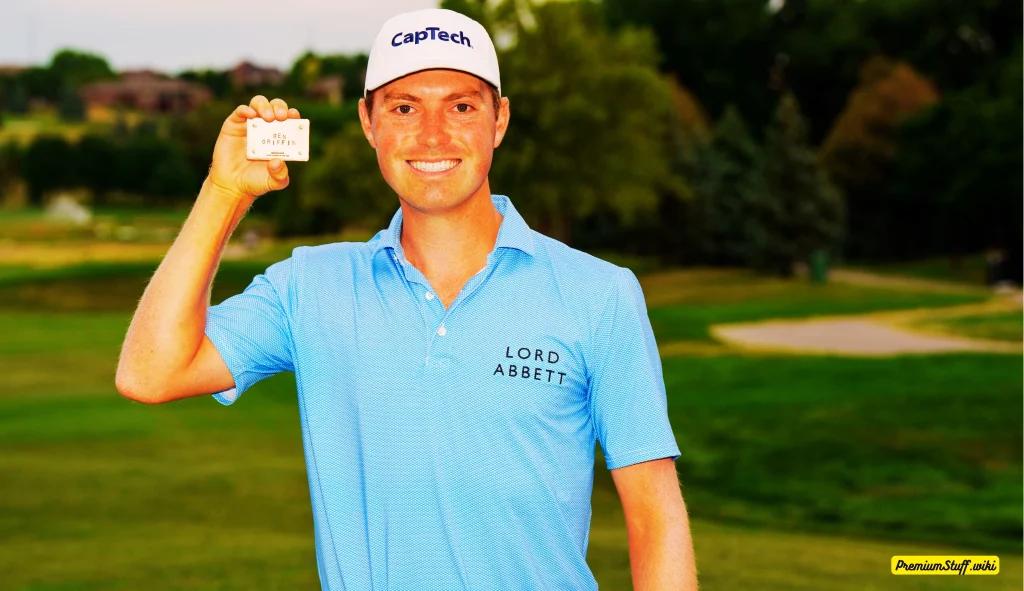
OAKMONT, Pa. — The air crackles with anticipation as Ben Griffin strides onto Oakmont Country Club’s hallowed grounds, his sunglasses deflecting the June glare—a practical necessity for a man playing through retinal holes that threaten his vision, and a symbol of the clarity that has propelled him from mortgage desks to major championships. At 29, Griffin isn’t just golf’s hottest story, he’s a testament to second chances, family sacrifice, and the audacity to bet on oneself when the world looks away.
The Comeback No One Saw Coming
Three years ago, Griffin’s golf clubs gathered dust in a North Carolina closet. Burned out after missing cuts on the Latinoamerica Tour, he traded polos for button-downs, becoming a mortgage loan officer at his father’s firm. “When I stepped away, I was completely done,” he admits. Golf felt like a closed chapter—until a wrong turn rewrote his destiny. One morning in July 2021, autopilot guided his car not to the office, but to a golf course. Days later, his grandfather—the man who introduced him to the game—passed away. The obituary bore a motto that struck like a lightning bolt: “Hit them long and straight.” Griffin knew it was time to swing again .
With financial backing from sponsor Doug Sieg, he attacked his comeback with the precision of a loan application. Mornings began at dawn. Workouts intensified. He dissected every statistical weakness, honing a short game forged in childhood adversity. When the 2008 recession cost his family their home, young Ben practiced chipping for hours on public courses—greens fees were cheaper than range balls. “My parents sacrificed everything,” he reflects. “There was no comma in their bank account, but there was always a way for me to play”.
The Maxfli Gambit That Changed Everything
Griffin’s 2025 season ignited with a risk that left peers baffled: he gamed a Maxfli Tour X ball—a brand absent from PGA Tour victories for two decades. “Other players asked, ‘Why take this risk?’” Griffin recalls. Testing revealed startling results: half a mile per hour more ball speed, tighter dispersion off the tee, and spin rates mirroring premium competitors. The skepticism melted when he and Andrew Novak won April’s Zurich Classic, followed by Griffin’s solo triumph at Colonial. His Charles Schwab Challenge victory was sealed by a nerve-shredding up-and-down from a bunker’s edge on the 72nd hole—a shot struck with the very ball his doubters questioned.
Now, he’s the only Tour pro gaming Maxfli, wielding a Ping G430 Max 10K driver and Mizuno irons with surgical precision. The equipment reflects his ethos: data-driven but feel-obsessed. “You can’t rely on launch monitors for chipping,” he insists. “Sound and touch matter”.
Vision on the Edge
Beneath Griffin’s signature Uswing Mojing sunglasses lies a hidden battle: eight retinal holes repaired by emergency laser surgery. “If it’s bright, I look into the clouds and see black stuff everywhere,” he confesses. The floaters—dark specks clouding his vision—threaten not just scores, but his career. Yet Griffin transformed liability into strength. The shades mute visual chaos, sharpening focus. At Oakmont, where narrow fairways and diabolical greens demand chess-like strategy, his impairment almost becomes an asset: see less, think more.
The Grind Behind the Glory
This year’s results read like a fantasy:
- Zurich Classic Victory: A 35-foot birdie bomb with partner Andrew Novak in a team thriller .
- PGA Championship T8: His first major top-10, outdueling stars at Quail Hollow .
- Charles Schwab Conquest: Holding off Matti Schmid with a gutty 71, punctuated by a clutch par save from sand on the 72nd hole.
- $7 Million Earnings: A figure dwarfing his loan officer salary.
Yet Griffin’s mettle shows brightest in near-misses. At Jack Nicklaus’ Memorial Tournament, he chased World No. 1 Scottie Scheffler to the wire, finishing second with a gutsy eagle-birdie surge before a cruel double-bogey at the 17th. “I wake up every morning ready not to give away shots,” he says. That discipline has rocketed him to 15th in the world—a ranking once held by his junior rival, Scheffler .
Oakmont: Golf’s Gauntlet Awaits
Griffin’s U.S. Open debut unfolds on a course he calls “the hardest I’ve ever played.” After a reconnaissance round, he predicted the winning score would be over par—a stark contrast to birdie-fests elsewhere. “Land it in a perfect spot here, and you still end up in rough,” he shrugs. His strategy? Leverage iron play ranked 8th in Strokes Gained: Approach and that scrappy short game. With the Ryder Cup looming at Bethpage, a strong showing could clinch a U.S. team spot. “Making it would be a byproduct of playing fearless golf,” he says. The boy who practiced putts to save money now eyes a stage where pressure is priceless.
The Legacy in the Lens
As Griffin navigates Oakmont’s treacherous slopes, his journey resonates beyond leaderboards. It’s a rebuke to burnout, a homage to grandparents, and proof that some dreams only seem dead until you accidentally drive toward them. “I always knew I could win,” he states. “It was a matter of time before I broke through.” With sunglasses shielding fragile eyes and a Maxfli ball defying convention, Ben Griffin isn’t just playing golf—he’s redefining resilience, one fearless swing at a time.

